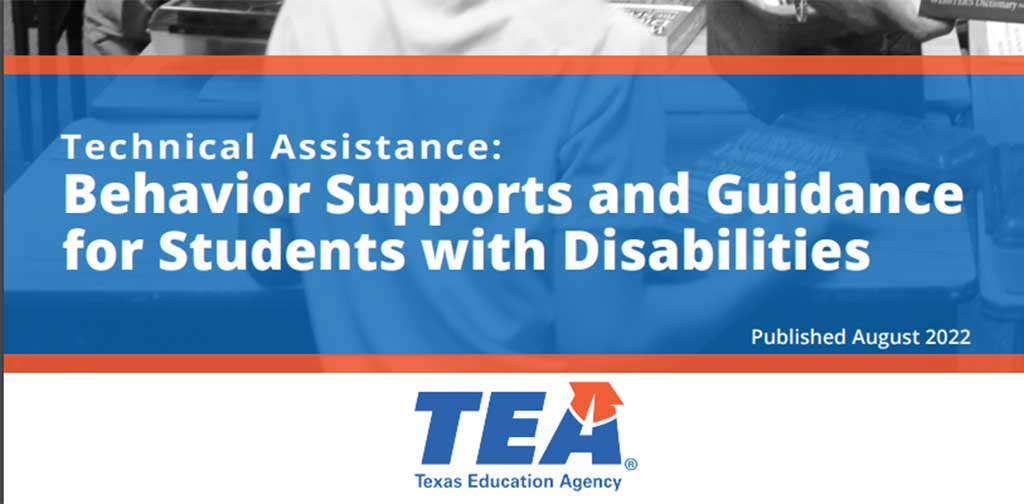Children may be diagnosed with a disability by a medical provider or by the school district. However, one must understand that being simply diagnosed with a disability is not a guarantee of services under the Individuals with Disabilities Education Act (IDEA). Having a disability is the first question when determining if a student qualifies. The evaluation team must also answer two additional questions:
- Does the disability impact the child’s educational progress?
- Does the child need specially designed instruction (which is the IDEA definition of special education)?
Students who have physical disabilities or developmental delays are often identified early by a pediatrician or other medical provider. These students may have a wide range of academic difficulties depending on the severity of the delay, and some may have no difficulties at all. Fortunately, because they are often diagnosed before entering the school system, most children with physical disabilities or developmental delays enter school with special education structures in place. If your child has been diagnosed with a developmental delay or disability by his or her pediatrician, ask your medical provider for a list of local resources. Regional centers, state programs and public schools all provide early identification, called Child Find, and early intervention services. The earlier your child receives these services, the better.
Students with learning disabilities often face a different scenario. They may struggle through the first years of their education before their disabilities are identified. Part of the reason for this is the local school district’s dependence upon the discrepancy method for identification. In addition, students with learning disabilities often lack the physical or social differences that identify students with physical impairments or developmental delays; that is, they look and act just like their peers without disabilities. Also, much of the instruction delivered in the lowest grade levels is skills-based. This means that your child is learning skills such as reading, writing and basic arithmetic. If he or she can read a word or solve a basic math problem, he or she will have relatively few problems in these grades. Starting around the third grade, however, students are expected to apply those skills to learn more information, and those with previously undetected disabilities may begin to struggle.
Regardless of his or her ability or diagnosed disability, your student will find that school becomes much more difficult once he or she needs to build upon previously mastered skills to gather new information. This is especially true if your child was not able to master some of the foundational skills. For instance, your child may have been a B student in reading throughout first and second grade, earning an average of 80 percent on reading and spelling tests. However, if he or she is only able to read 80 percent of the words taught in first and second grade, how is he or she supposed to read and comprehend a textbook written at a fourth grade level? It is next to impossible and your child will continue to fall behind in all subjects. This is referred to as a “widening gap”: the gap between what a child with a disability knows and what his or her peers know only widens as he or she advances to higher grades.



